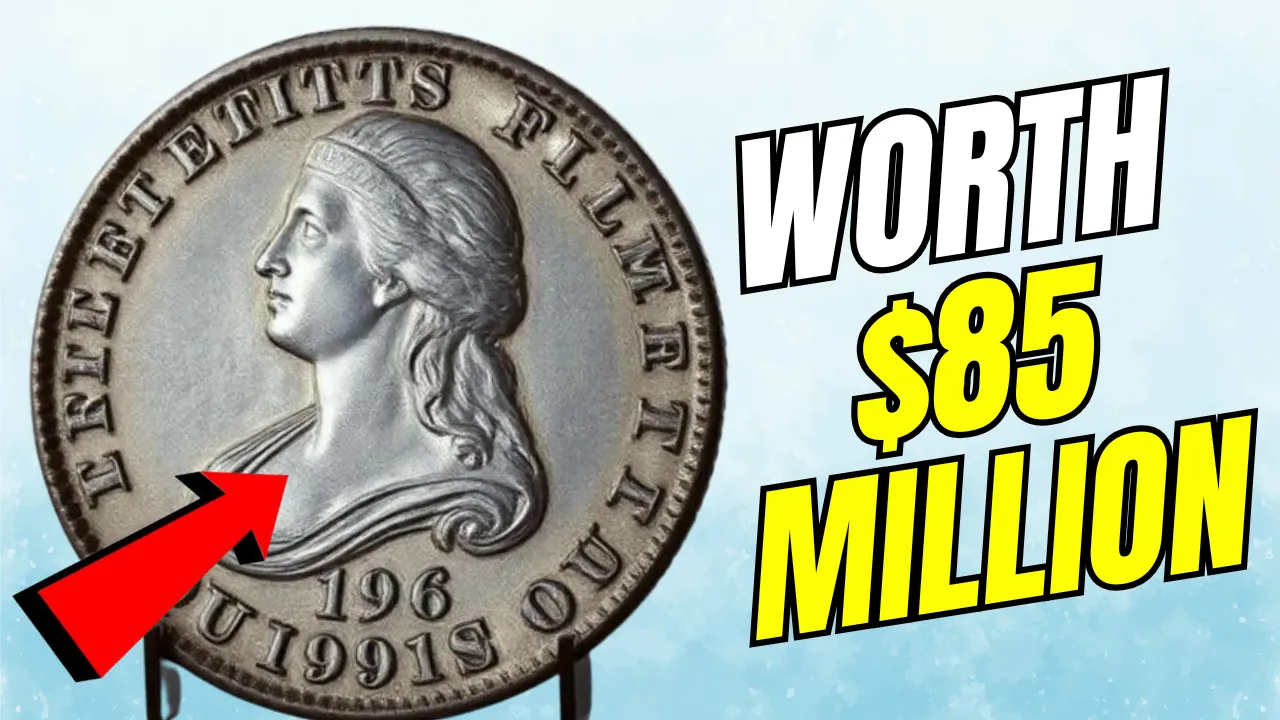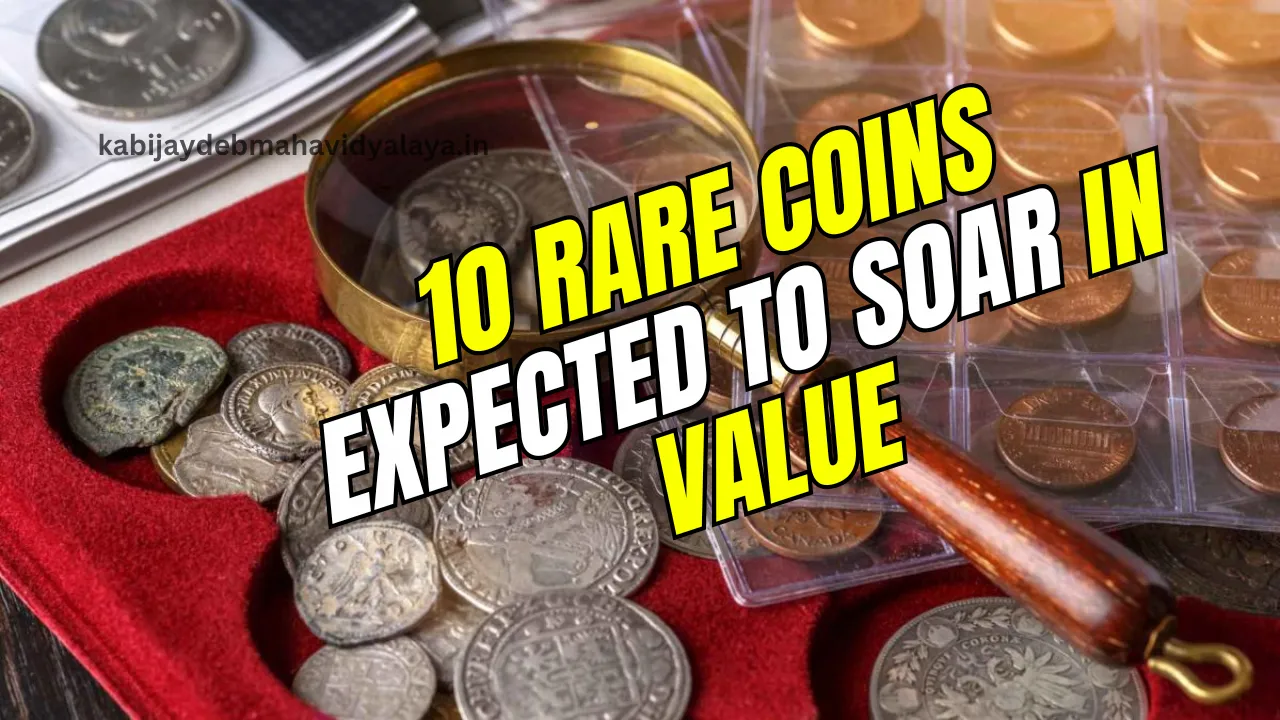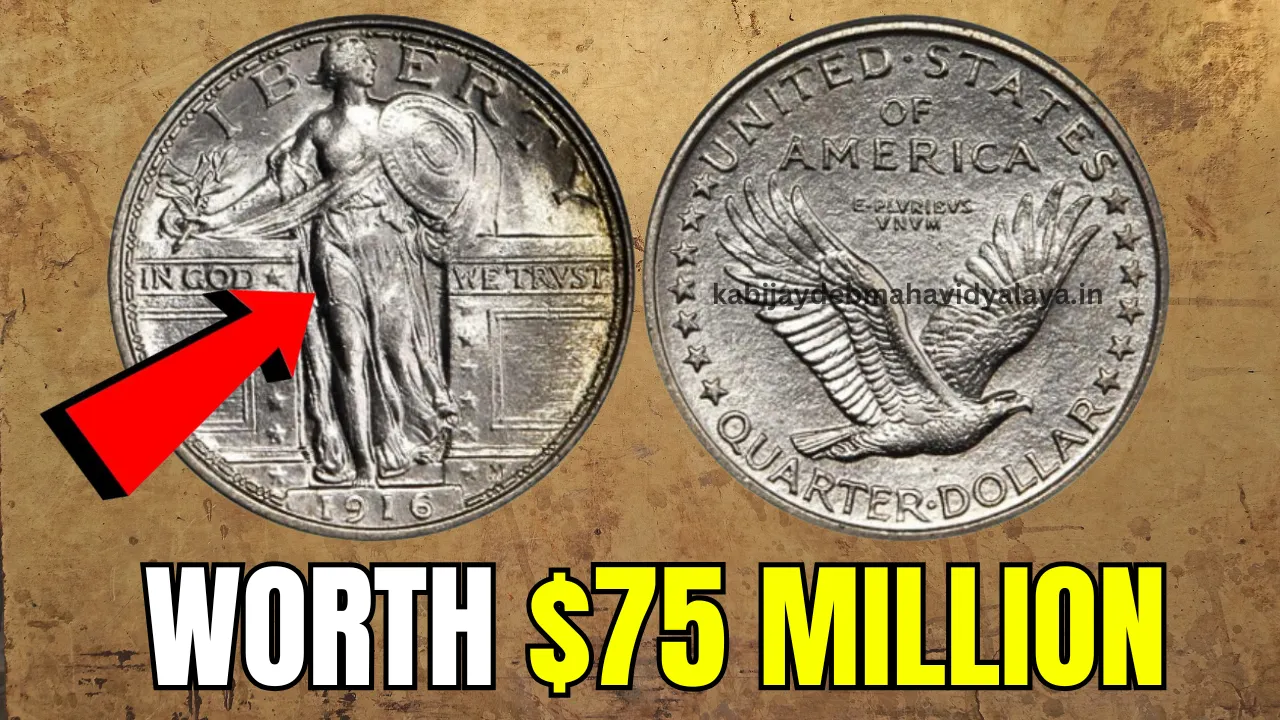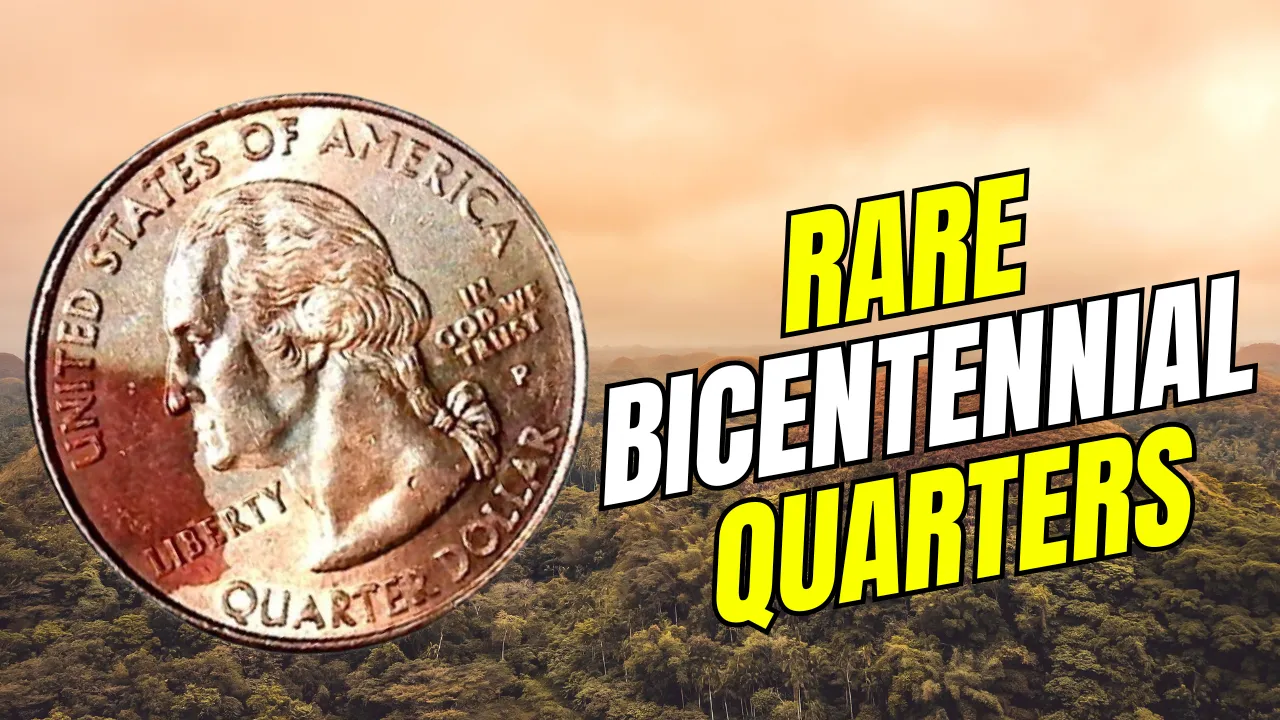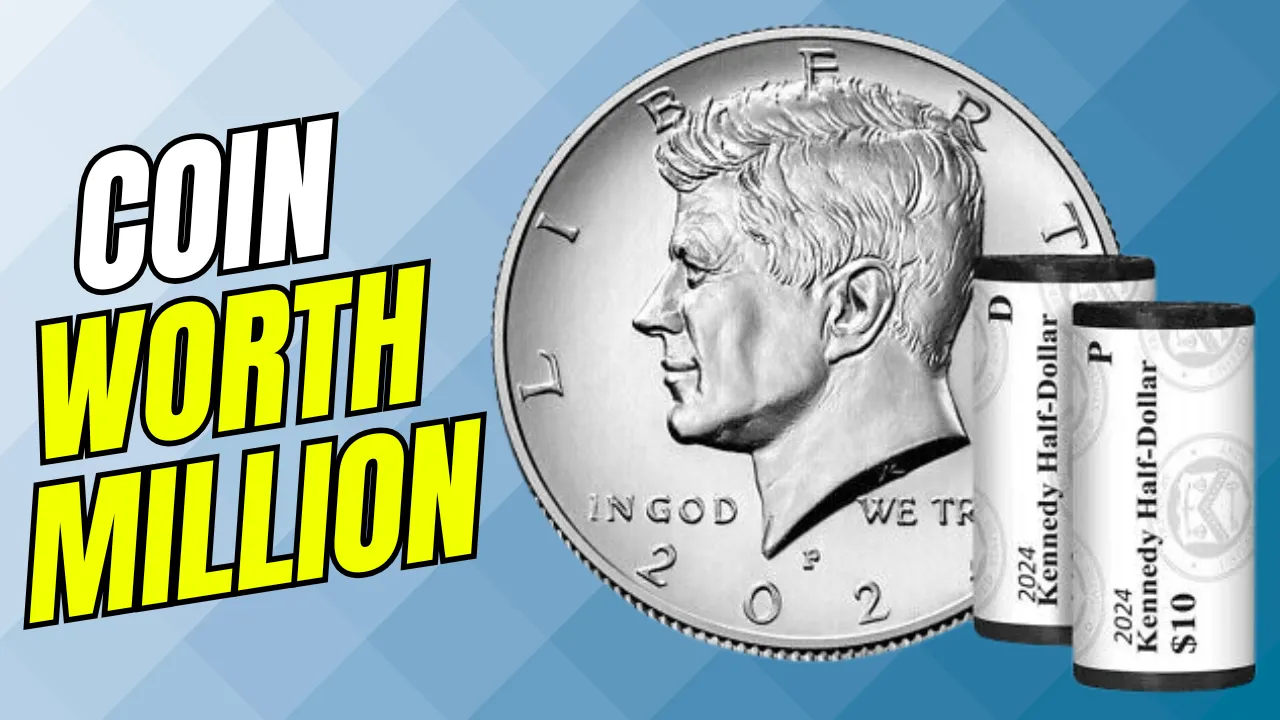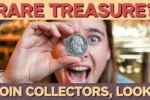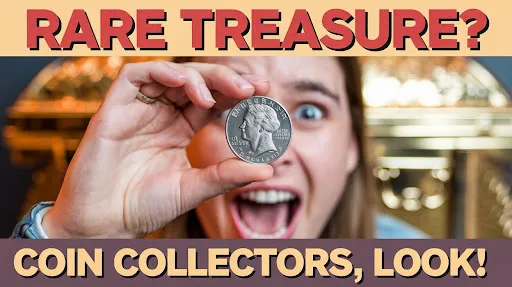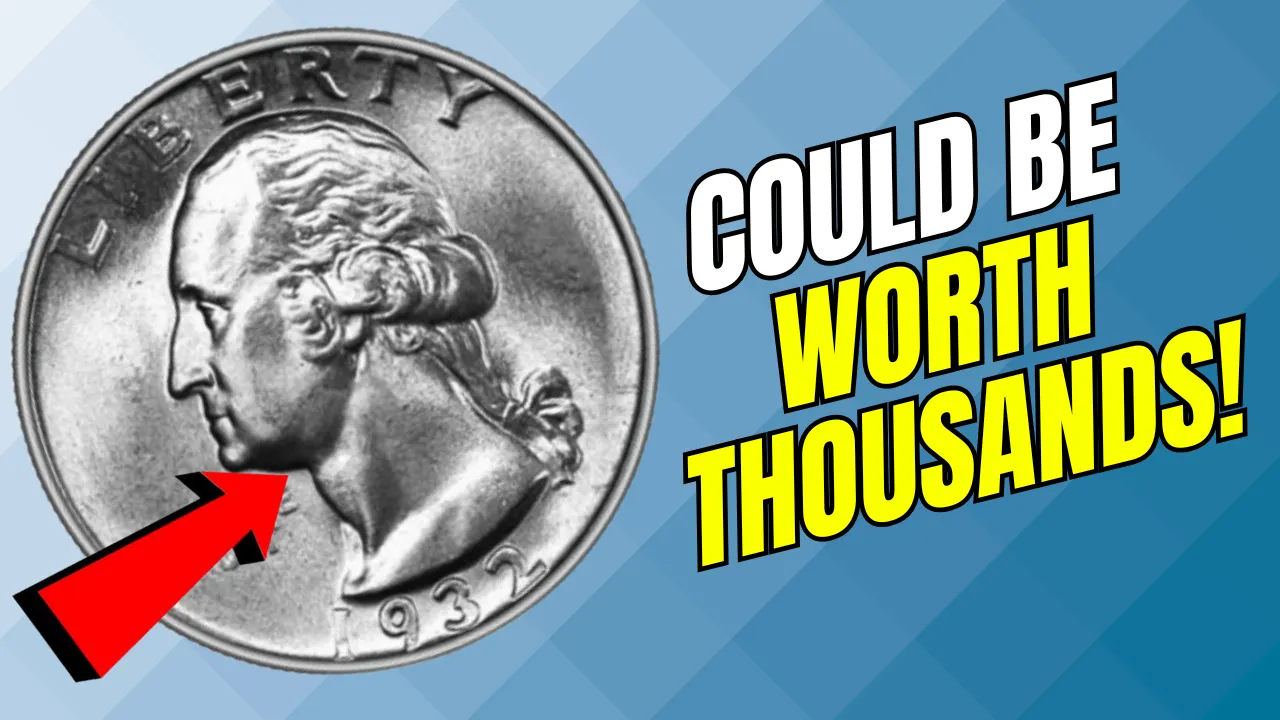Two Rare Bicentennial Quarters That Could Land You $85 Million: If you’ve ever found yourself sifting through loose change, you might be holding onto a small fortune without even knowing it. Rare Bicentennial Quarters, minted to celebrate America’s 200th birthday, have become some of the most sought-after coins in the numismatic world. Two of these exceptional coins have reached legendary status, with one fetching a staggering $85 million at auction.
What makes these quarters so valuable? Beyond their monetary worth, they are symbols of American history, patriotism, and precision craftsmanship. This guide will explore the intriguing history, unique features, and tips for identifying these rare treasures. Could one of these quarters be hiding in your pocket? Let’s dive in and find out.
Overview of Bicentennial Quarters
| Aspect | Details |
| Years of Minting | 1975–1976 |
| Special Design | Dual date “1776-1976” and Colonial Drummer |
| Mint Locations | Philadelphia (no mint mark), Denver (“D”), San Francisco (“S”) |
| Material Composition | Copper-nickel and 40% silver versions |
| Rare Varieties | Double die obverse, error coins, proof coins |
| Highest Auction Value | $85 million for MS70-grade coins |
The Fascinating History of Bicentennial Quarters
In the early 1970s, the U.S. Mint sought to commemorate the nation’s bicentennial with a special coin series. The quarter, chosen for its wide circulation, received a historic redesign featuring a dual date—“1776-1976”—and a reverse showing a colonial drummer. This iconic design was the result of a national contest, ultimately won by artist Jack L. Ahr.
Production of the Bicentennial Quarters began in 1975 at three U.S. mints: Philadelphia, Denver, and San Francisco. Most of these coins were made from a copper-nickel alloy, while the San Francisco Mint also produced limited 40% silver versions for collectors. Today, these coins remain cherished symbols of America’s revolutionary spirit and rich history.
What Makes Rare Bicentennial Quarters So Valuable?
The value of Bicentennial Quarters comes down to a combination of factors that excite collectors and investors alike:
1. Unique Design
The dual date “1776-1976” and the colonial drummer design make these coins instantly recognizable. They’re more than currency; they’re miniature monuments to American heritage.
2. Rarity of Special Versions
While millions of Bicentennial Quarters were produced, the 40% silver proofs from San Francisco are far less common. Coins with unique errors, such as a double die obverse, are even rarer and more valuable.
3. Perfect Condition
Coins graded MS70 (Mint State 70) are considered flawless and fetch extraordinary prices at auction. For collectors, finding a coin in such pristine condition is the ultimate prize.
4. Historical and Emotional Value
These quarters hold a special place in the hearts of Americans. Their value isn’t just financial—it’s deeply tied to their historical significance and the story they tell.
How to Identify Rare Bicentennial Quarters
If you think you might have a Rare Bicentennial Quarter, here’s how to confirm:
- Examine the Date: Look for the dual date “1776-1976” on the obverse of the coin.
- Check the Mint Mark:
- Coins with an “S” mint mark were struck at the San Francisco Mint and are more valuable.
- Denver (“D”) and Philadelphia (no mint mark) coins can also be valuable, especially in perfect condition.
- Look for Errors: Errors like double die obverse or other minting anomalies can drastically increase a coin’s value.
- Assess the Condition: Coins in uncirculated or near-perfect condition (graded MS65 or higher) are worth far more than circulated coins.
Factors That Boost Auction Prices
Rare Bicentennial Quarters have made headlines for their record-breaking prices at auctions. These factors explain why:
1. Condition is Key
Coins in mint condition, free from scratches or wear, command top dollar. Professional grading agencies like PCGS and NGC authenticate and grade coins, with MS70 (perfect) coins achieving astronomical prices.
2. Market Demand
When collectors compete for rare items, bidding wars can push prices to millions. Bicentennial Quarters with unique traits or flawless finishes attract intense interest.
3. Error Coins Add Value
Manufacturing errors, such as a double die obverse, are incredibly rare and highly prized by collectors. These errors can make a coin stand out as one-of-a-kind.
4. Provenance Matters
Coins with a unique backstory or ownership history can add an emotional layer of value, increasing their appeal to collectors.
Other Rare Coins Worth Millions
Bicentennial Quarters aren’t the only coins to fetch life-changing sums. Here are some other record-breaking coins:
- 1796 Draped Bust Quarter: As the first quarter ever minted, its rarity and historical significance make it worth over $50 million in pristine condition.
- 1932-D Washington Quarter: The Denver mint produced only 436,800 of these coins, making them the rarest in the Washington Quarter series. They’re valued at over $65 million in uncirculated condition.
- 1804 Draped Bust Dollar: Known as the “King of American Coins,” this coin has fetched up to $75 million at auction.
Beginner’s Guide to Coin Collecting
Starting a coin collection is an exciting journey. Here are a few tips to help you get started:
1. Educate Yourself
Invest in resources like the Red Book (an essential guide to U.S. coins) and Cherry Picker’s Guide to learn about rare varieties.
2. Gather the Right Tools
Equip yourself with a magnifying glass, a digital scale, and coin holders to protect your finds.
3. Connect with Collectors
Join local coin clubs, attend shows, and participate in online forums to learn from experienced collectors.
4. Start Small
Focus on specific coins, such as quarters from a particular era, and gradually expand your collection as your knowledge grows.
5. Verify High-Value Coins
Always authenticate rare coins through professional grading services before making a significant investment.
FAQs
What is a Bicentennial Quarter?
It’s a special quarter minted in 1975–1976 to celebrate America’s bicentennial. It features a dual date and a colonial drummer design.
How can I tell if my Bicentennial Quarter is valuable?
Check for the “1776-1976” date, mint marks, and errors. Coins in pristine condition or with unique features are the most valuable.
What makes 40% silver Bicentennial Quarters special?
These were produced exclusively for collectors and are much rarer than standard copper-nickel versions.
Final Thoughts
The Rare Bicentennial Quarters are a fascinating blend of history, artistry, and potential wealth. Whether you’re a seasoned collector or new to the hobby, the thrill of discovering one of these coins is unmatched.
Start by examining your coin stash today—you might just find a hidden treasure. Share this article with friends or leave a comment about your coin-collecting experiences. Who knows? The next $85 million coin could be yours!
